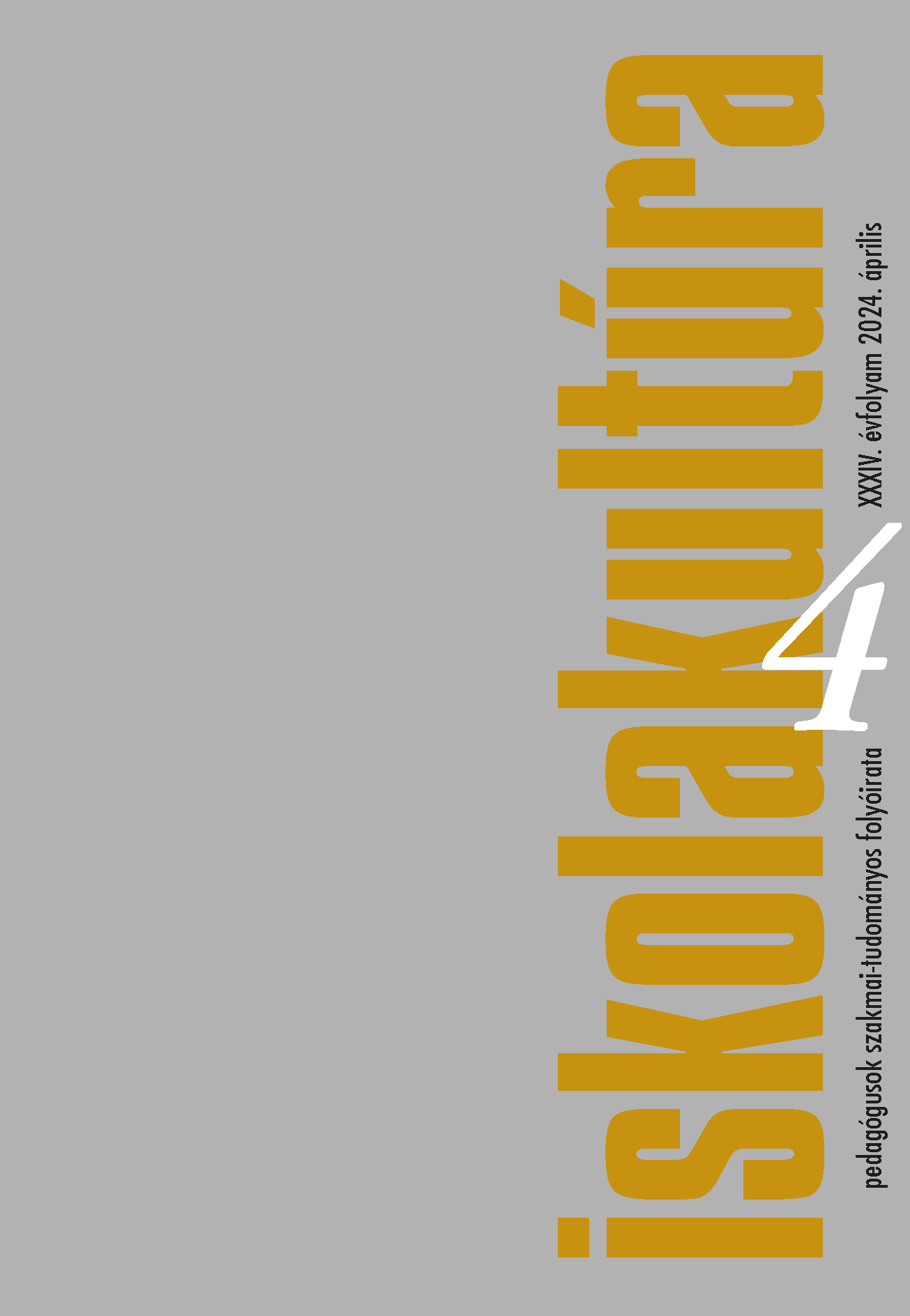Internal barriers limiting the school performance of gifted students – the impostor phenomenon and its possible interventions
Main Article Content
Abstract
The impostor phenomenon refers to the ongoing internal tension in high achievers, which is caused by a lack of internalization of the experience of competence and achievement. The individuals concerned live in fear of potential failure, of being “exposed”, despite the many objective proofs of their superior abilities. With an external control bias, they attribute their successes to luck or even over-preparation rather than to their own merit. The present study aims to draw attention specifically to the vulnerability of those involved in schoolbased talent development. Impostorism is identified as one of the leading individual reasons for underachievement in gifted students. In the long term, it has a number of effects that threaten mental health and physical and psychological well-being, but its occurrence in schools is little known in Hungary. Moreover, the consequences of impostorism not only affect the present but also future aspirations. Impostor thoughts in the individual can give rise to an internal image that can limit the career plans of the talented young person and the fulfillment of his or her professional potential. The aim of this study is not only to describe the general characteristics of the impostor phenomenon but also to describe and specify the specific characteristics of the impostor phenomenon at school setting. By describing traits and behavioral characteristics, it can be possible to identify the students concerned. In addition, the intervention options presented can provide a way of supporting these students, with the aim of raising the performance level of gifted students and alleviating their internal stress.

